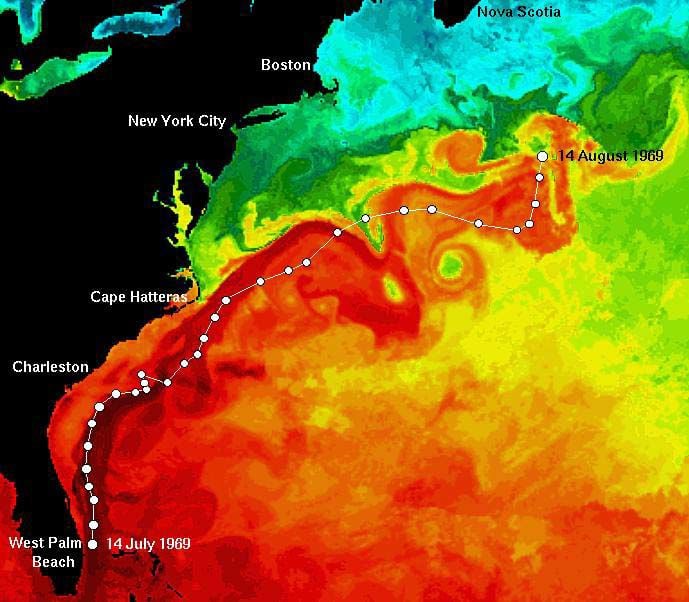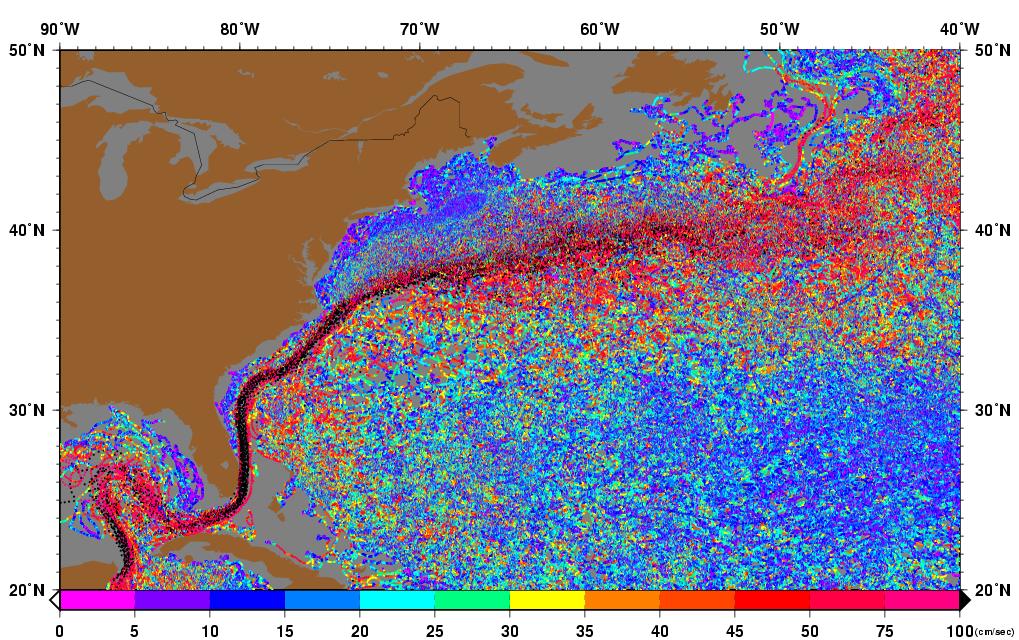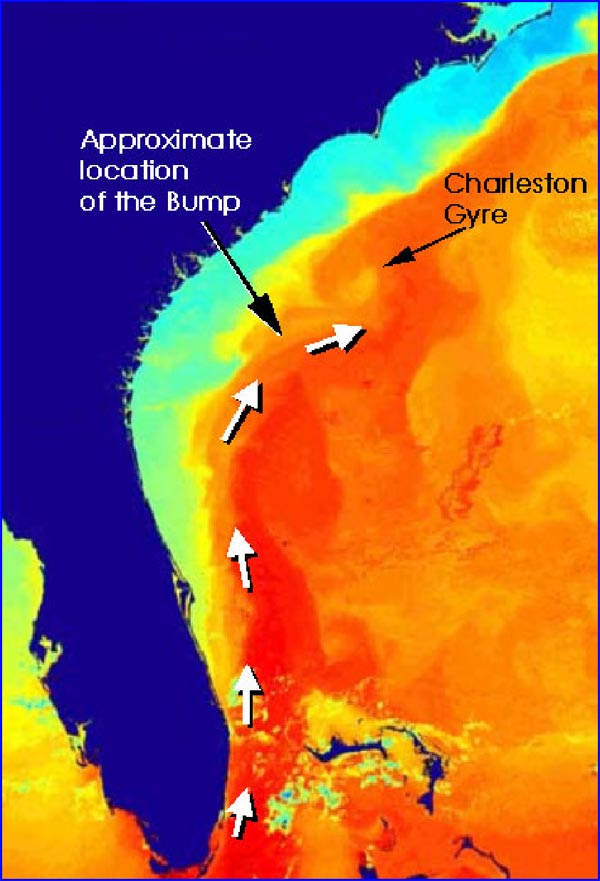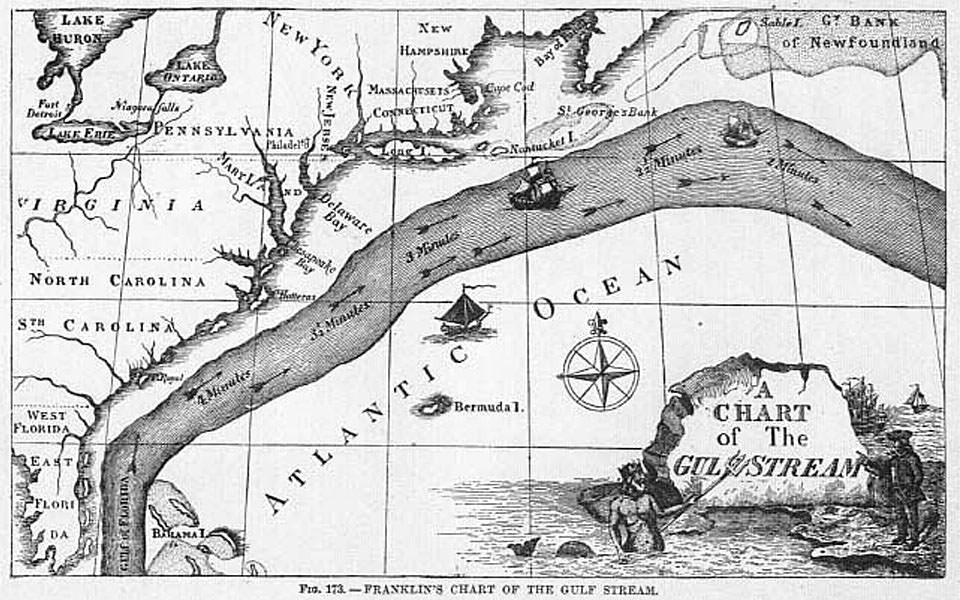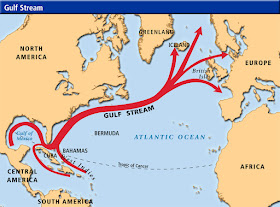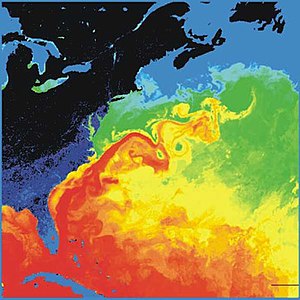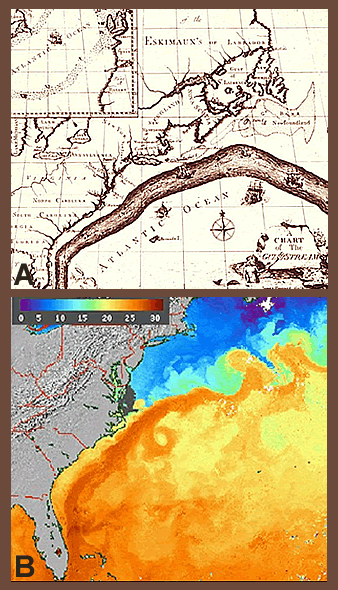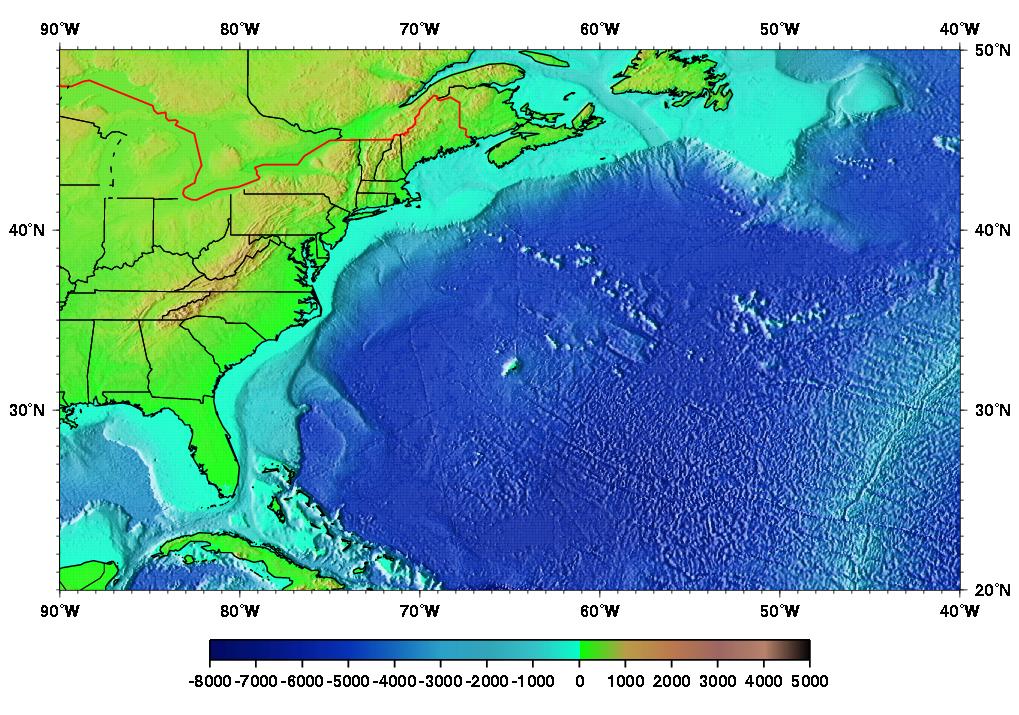Map Of The Gulf Stream
Map Of The Gulf Stream. The ocean is constantly in motion, moving water from place to place via currents. (Color) The Gulf Stream Current is one of the strongest ocean currents on Earth. This world map shows the five oceanic gyres and how they impact ocean circulation.

The Gulf Stream is part of the North Atlantic Subtropical Gyre.
Also labeled are study sites within the Gulf of Mexico (Dry Tortugas) and Barents Sea (Ingøya, Norway) representing southern and northern endmembers for paleoclimate research targeting reconstruction of Late Holocene surface ocean dynamics. In this region, the current begins to meander more. It transports warm water in a clockwise motion up from the Gulf of Mexico, along part of the east coast of North America, into the North Atlantic Ocean, and across to northwestern Europe.It makes up a portion of the North Atlantic Subtropical Gyre.
Also labeled are study sites within the Gulf of Mexico (Dry Tortugas) and Barents Sea (Ingøya, Norway) representing southern and northern endmembers for paleoclimate research targeting reconstruction of Late Holocene surface ocean dynamics.
The Gulf Stream is depicted as the dark gray swath that runs along the east coast of what is now the United States.
Gulf Stream, warm ocean current flowing in the North Atlantic northeastward off the North American coast between Cape Hatteras, N. See Gulf Stream photos and images from satellite below, explore the aerial photographs of Gulf Stream. This world map shows the five oceanic gyres and how they impact ocean circulation.
The Gulf Stream brings warm water from the Gulf of Mexico all the way up to the Norwegian Sea.
The Gulf Stream is a warm and relatively fast-moving current in the Atlantic Ocean that starts at the tip of Florida. This means that it is a current with behavior determined by the presence. The majority of the Gulf Stream is classified as a western boundary current.
